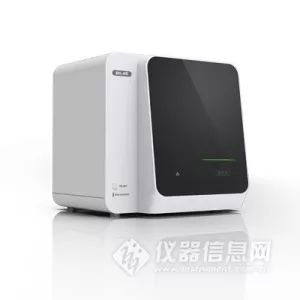What is PET CT Scan: Unveiling the Secrets of Advanced Imaging Technology
Guide or Summary:Understanding the Basics: What is PET CT Scan?The Importance of PET CT Scans in Medical DiagnosticsHow Does a PET CT Scan Work?Benefits of……
Guide or Summary:
- Understanding the Basics: What is PET CT Scan?
- The Importance of PET CT Scans in Medical Diagnostics
- How Does a PET CT Scan Work?
- Benefits of PET CT Scans
- Conclusion: The Future of PET CT Scans in Healthcare
When it comes to modern medical diagnostics, one of the most intriguing and advanced techniques is the PET CT scan. But what is PET CT scan, and why is it becoming increasingly essential in the realm of healthcare? This innovative imaging technology combines the functional imaging capabilities of Positron Emission Tomography (PET) with the anatomical precision of Computed Tomography (CT), offering a comprehensive view of the body’s internal processes.
Understanding the Basics: What is PET CT Scan?
At its core, a PET CT scan is a hybrid imaging technique that allows healthcare professionals to observe both the structure and function of tissues and organs. The PET component utilizes a radioactive tracer, which is injected into the patient’s body. This tracer emits positrons, which are detected by the PET scanner to create images that reveal metabolic activity. Meanwhile, the CT component provides detailed cross-sectional images of the body, showcasing the anatomy in high resolution.

The Importance of PET CT Scans in Medical Diagnostics
So, what is PET CT scan used for? The applications of this technology are vast and varied. It is primarily utilized in oncology to detect cancerous cells, monitor treatment efficacy, and assess disease progression. By highlighting areas of increased metabolic activity, PET CT scans can identify tumors that may not be visible through traditional imaging methods. Additionally, this technique is also valuable in cardiology, neurology, and infectious disease diagnostics, making it a versatile tool in modern medicine.
How Does a PET CT Scan Work?
The process of undergoing a PET CT scan is relatively straightforward. Initially, the patient is administered a radioactive tracer, typically a form of glucose, which cancer cells absorb more readily than normal cells. After a brief waiting period to allow the tracer to circulate, the patient lies on a table that slides into the PET CT scanner. The machine then takes images from various angles, combining them to produce detailed 3D representations of the body.
Benefits of PET CT Scans
One of the most significant advantages of PET CT scans is their ability to provide a wealth of information in a single session. Unlike traditional imaging techniques that may require multiple tests to gather comprehensive data, a PET CT scan offers a holistic view. This efficiency not only saves time but also enhances the accuracy of diagnoses, leading to more effective treatment plans.

Moreover, the ability to visualize both structure and function simultaneously allows for earlier detection of diseases, which is crucial in conditions like cancer where early intervention can significantly improve prognosis.
Conclusion: The Future of PET CT Scans in Healthcare
In summary, understanding what is PET CT scan is essential for anyone interested in the forefront of medical technology. As research and development continue to advance, the role of PET CT scans in diagnostics is likely to expand even further. With their ability to provide critical information quickly and accurately, PET CT scans are poised to remain a cornerstone of modern medical imaging, helping healthcare providers deliver better patient outcomes.
Whether you are a patient preparing for a scan or a healthcare professional seeking to enhance your diagnostic toolkit, recognizing the significance of PET CT scans is vital. This innovative approach to imaging not only transforms the way we diagnose and treat diseases but also paves the way for a healthier future.
